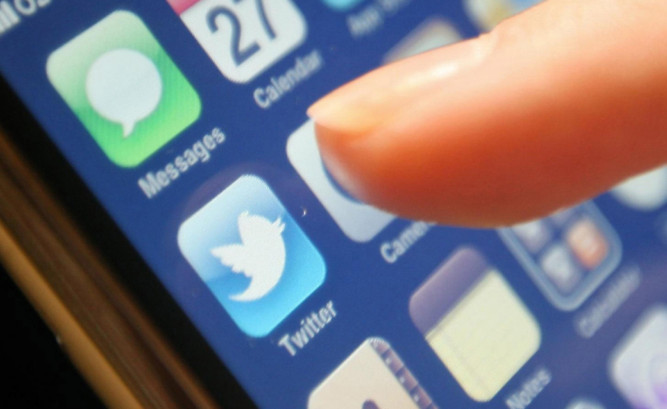COMPLAINTS OF crimes involving Facebook and Twitter have increased 780% in four years, resulting in more than 650 people being charged this year, police figures show.
The phenomenon of social networking crime was comparatively minor in 2008, with 556 reports made to police, according to the statistics released by 29 police forces in England, Scotland and Wales under the Freedom of Information Act.
However, this year 4,908 offences in which the two sites were a factor were reported.
This showed a wide variety of offences, with harassment and menacing messages among the most common.
For example, Tayside Police received 66 reports involving the sites this year, 44 of which involved sending obscene or menacing messages.
Chief Constable Andy Trotter, the Association of Chief Police Officers’ lead on communications, said: “It is important that forces prioritise social networking crimes which cause genuine harm, rather than attempting to curb freedom of expression.”
“It is a new world for all and we could end up in a situation where each constabulary needs a dedicated Twitter squad.
“In my opinion, that would not be a good use of resources in difficult financial times.
“We need to accept that people have the right to communicate, even to communicate in an obnoxious or disagreeable way and there is no desire on the part of the police to get involved in that judgment.
“But equally, there are many offences involving social media, such as harassment or genuine threats of violence, which cause real harm. It is that higher end of offending which forces need to concentrate on.”
The May 2010 conviction of Paul Chambers for joking on Twitter about blowing up Robin Hood Airport in South Yorkshire is a well-known case.
His conviction for sending a “menacing” tweet drew widespread condemnation and was eventually quashed on appeal in the High Court in July.
Other high-profile cases include nine people each ordered to pay the woman raped by footballer Ched Evans £624 for naming her on Twitter or Facebook.
